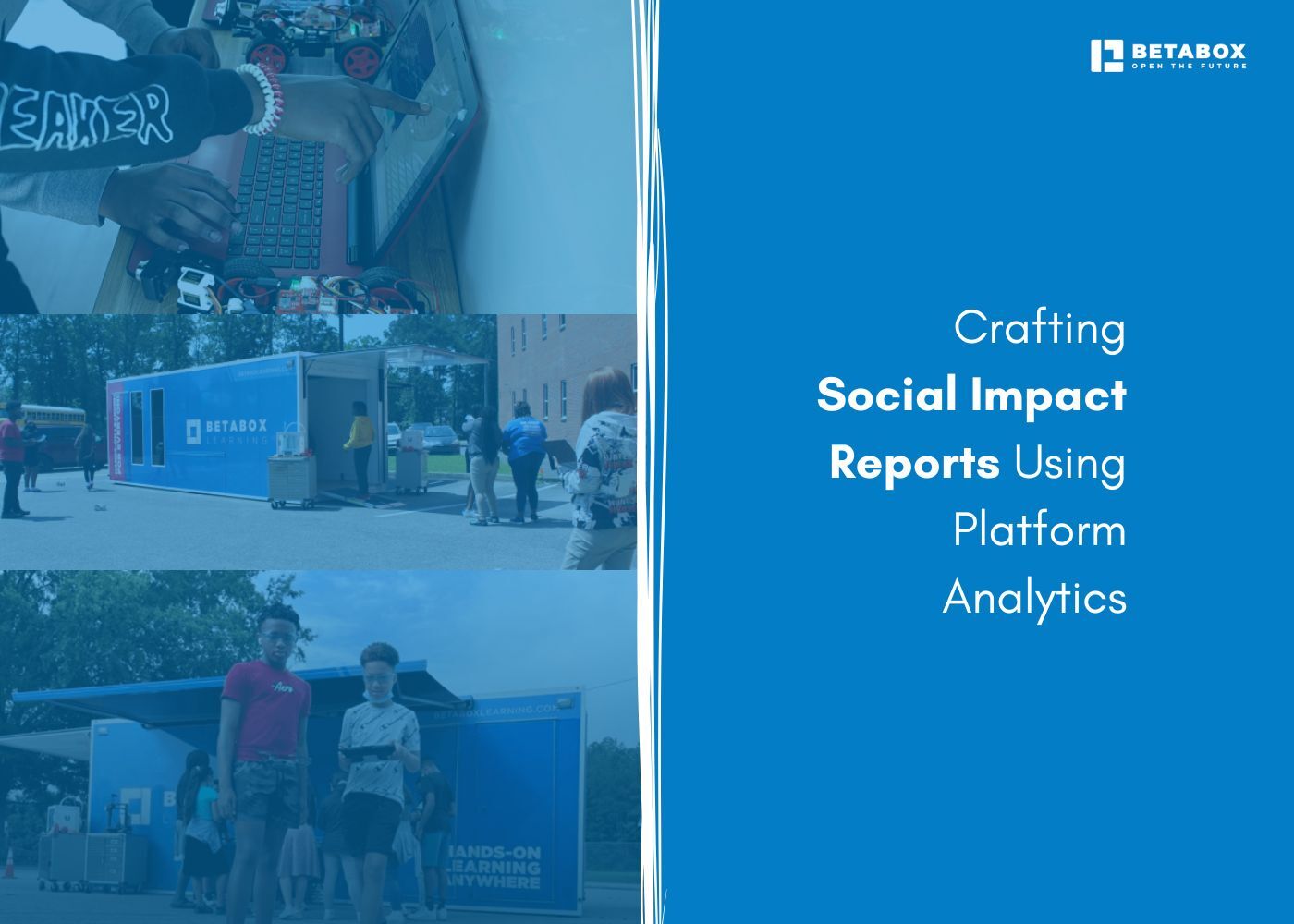
Well-built social impact reports do two jobs at once. They give stakeholders a transparent record of what you set out to change, what was delivered, and what actually changed for people or the planet. They also create an internal feedback loop that helps teams refine strategy, funding, and delivery.
Stakeholders increasingly expect more than stories. They want evidence tied to consistent social impact metrics, clear logic models, and regular cadence. That is where platform analytics are essential. Analytics systems help you standardize definitions, reduce manual error, and provide near real-time visibility across sites, cohorts, and time periods.
If you are a CSR leader, foundation officer, or community investment manager, the goal is not just to publish a polished PDF. The goal is to establish a measurement system that is repeatable, comparable, and credible, then communicate concisely what worked, what did not, and what will change next.
A social impact report is a structured account of how a program or portfolio affected people, communities, or ecosystems. Where financial reports focus on revenue, cost, and profit, social impact measurement focuses on a theory of change: inputs, activities, outputs, and outcomes. For example, stories like Betabox’s exploration of informal teaching environments illustrate how context and design can influence real-world impact. The defining differences: the primary stakeholder is the beneficiary, not the shareholder.
“Success” is framed in outcomes and equity, not just efficiency. Methods matter. Assumptions, cohorts, baselines, and counterfactuals must be stated so results can be interpreted correctly. Traditional business KPIs can sit inside an impact report, but they are supporting actors. The headline is the verified change experienced by people, and the degree to which your programs plausibly contributed to that change.
Platform analytics provide the connective tissue between program delivery and reported outcomes. They centralize data sources, standardize metric definitions, and enable cohort and time comparisons that would be tedious in spreadsheets. Done well, analytics for social impact improve three things:
For education and workforce programs, analytics also let you combine learning experience data with attitude, identity, or awareness shifts. When you can connect who participated, what they did, what they learned, and how attitudes changed, your data-driven social reporting becomes both more credible and more actionable. As highlighted in this discussion on empowering students through corporate partnerships, linking measurable outcomes with real-world opportunities further strengthens the impact of such programs.
Select social impact metrics that tie directly to your mission and logic model. For many CSR portfolios, three families of metrics cover most needs:
How to align with corporate social responsibility analytics: pick a small, stable set of indicators that connect to your theory of change, then add two or three “learning metrics” you are willing to evolve. Always keep a documented baseline, a comparison logic, and a definition sheet so numbers are interpretable across sites and years.
The best social impact analytics include context. Pair numeric shifts with qualitative evidence such as student artifacts, brief quotes, or instructor notes. Set rules for sampling and consent, then tag each artifact with site, date, and objective so qualitative evidence can be surfaced alongside charts.
Tell a story with data. Start with your problem statement and target population. State your theory of change in one paragraph. Present outcomes in a simple order, for example: access, capability, identity, pathway. After each chart, write a one-sentence interpretation and one operational implication.
Make dashboards readable. Show few metrics per page, include n-sizes, and use consistent timeframes. Provide a definitions page and a short “how to read this chart” note. Limit color and avoid visual effects that encode meaning accidentally.
Ensure accuracy and credibility.
Privacy and consent. Centralize permissions, anonymize where required, and restrict sensitive drilldowns to authorized users. Not every high-resolution slice belongs in a public PDF.
A regional employer consortium funds hands-on technology experiences in rural districts. Using impact reporting tools and platform analytics, the team tracks reach by zip code, pre-post knowledge checks aligned to the curriculum, and a short identity scale about interest in STEM career paths. The first quarter shows strong reach but modest knowledge gains in sites where sessions are single-period.
The team tests double-period rotations, updates the pre-post alignment, and adds a lightweight educator coaching touchpoint. The next quarter shows improved knowledge gains and higher “I can see myself in this field” responses. The funder’s social responsibility reporting highlights the change, and the program scales the revised model in the upcoming semester.
If your CSR focus includes equitable access to hands-on STEM education, Betabox resources are designed to produce clean, analyzable data that flows naturally into social impact reports.
Programs include turnkey Onsite Field Trips and classroom Hands-On Projects that can be paired with short pre-post instruments and simple identity items. Districts and partners use these signals to see shifts in awareness, content knowledge, and career connection over short timeframes, then decide which delivery models to scale next.
To explore partnership models and reporting support, visit the Betabox page for Impact Partners and book a conversation that focuses on your portfolio’s reporting and equity goals.
Book a partnership conversation →
For districts that want to operationalize measurement as part of delivery, Betabox can co-design an implementation blueprint that specifies cohorts, indicators, and reporting cadences, then run the logistics on campus so your teachers and students can focus on learning while your team receives ready-to-use analytics.
You can also review Betabox’s evaluation language for examples of how short experiences may connect to shifts in interest and knowledge, which helps teams structure outcome baselines and reporting cadence.
Finally, if you plan to sustain hands-on instruction beyond single events, Betabox Projects integrate into class or afterschool settings with clear checklists and artifact capture, which simplifies longitudinal social impact measurement and portfolio reporting.
AI assistance for measurement.
Generative tools can reduce analysis time by clustering open-ended feedback, tagging artifacts to standards, and drafting first-pass summaries. Safeguards and human review remain essential, but the time saved can be redirected to program design and coaching.
Real-time pulses.
Short check-ins embedded in experiences are replacing long annual surveys. This supports rapid learning cycles and makes data-driven social reporting fresher and more relevant.
Outcome portability.
Learners increasingly build portfolios of artifacts and micro-credentials. Systems that respect data portability will make it easier to follow outcomes across programs and years, which increases attribution clarity in CSR analytics.
Equity lenses by default.
Disaggregated dashboards with privacy safeguards will be standard. Stakeholders will expect to see not only average effects, but who benefited, where, and under what conditions.
Verification and comparability.
Expect more third-party rubrics, common item banks, and lightweight external verification so published results are easier to compare.
If you want a partner to co-design that system and run delivery on-site so your analytics have dependable inputs, Betabox can help align program design with measurement and reporting.
Start your application
What is a social impact report and why is it important?
A social impact report is a structured account of outcomes your program produced for people or the planet, backed by methods and data. It matters because stakeholders need more than stories. They need verifiable social impact measurement that shows what changed, for whom, and what you plan to do next.
How do companies measure social impact using analytics?
They define a theory of change, select a small set of social impact metrics, and collect consistent data on access, capability, and pathway signals. Platform analytics unify these inputs, automate quality checks, and display cohort and time comparisons so teams can attribute change with more confidence.
What metrics should be included in social impact reporting?
Include reach and inclusion, exposure depth, pre-post knowledge or skill changes, and short identity or pathway indicators linked to your goals. Add qualitative artifacts for context. Keep a baseline, state your cohort logic, and publish definitions so your social responsibility reporting is comparable year to year.
Which tools are best for social impact assessment?
Look for impact reporting tools that support a clear data model, automated ingestion, validated survey items, role-based privacy, and readable dashboards. The best tool is the one that fits your data governance rules and makes it easy to align metrics with your mission.
How does social responsibility reporting influence corporate reputation?
Credible CSR analytics show that investments are purposeful, inclusive, and effective. When methods are clear and results are communicated honestly, partners and communities build trust, which strengthens brand reputation and improves the odds of sustained collaboration.


Ready to learn how Betabox resources can be implemented at your school or District?
Book a Blueprint Call

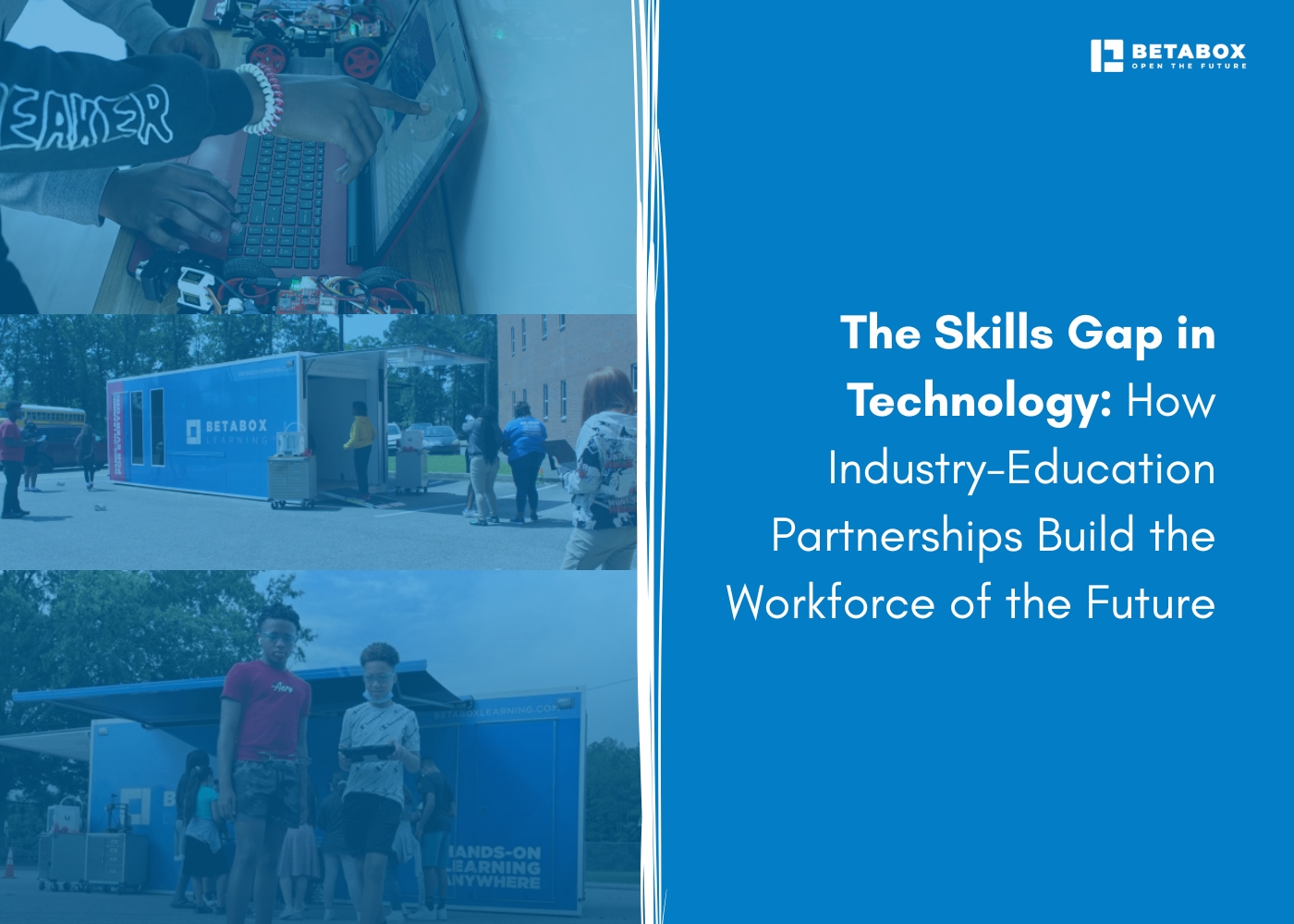

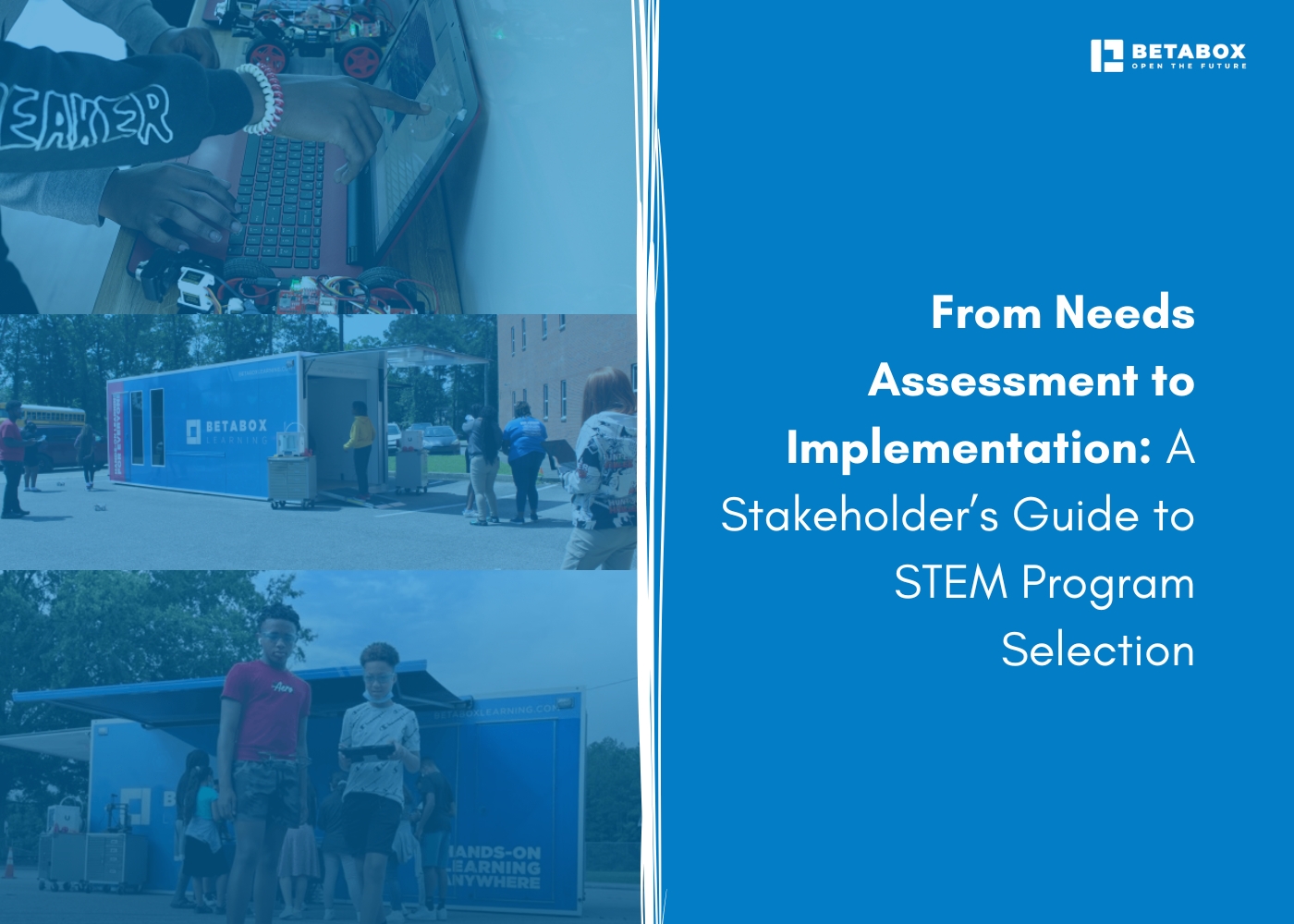

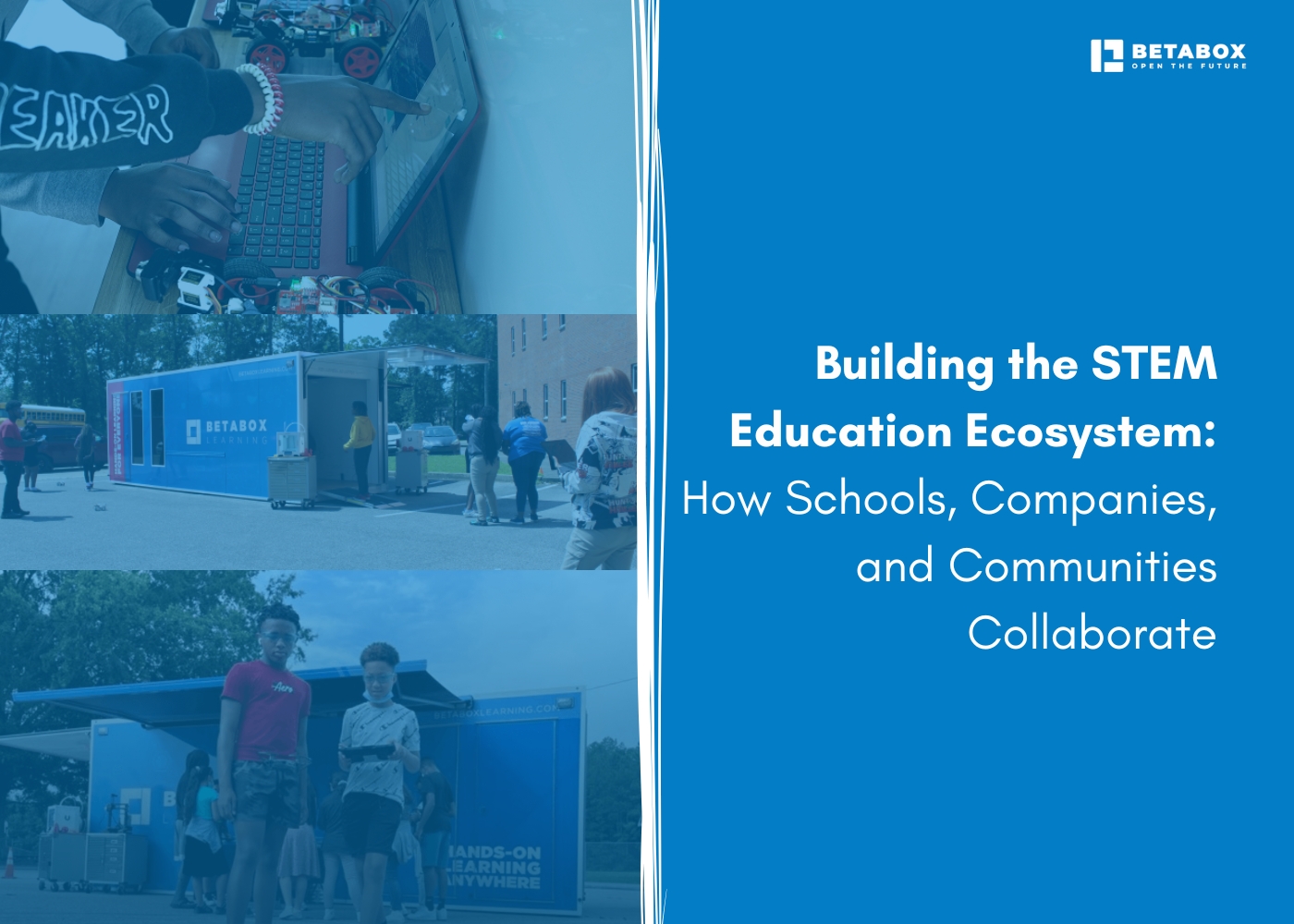

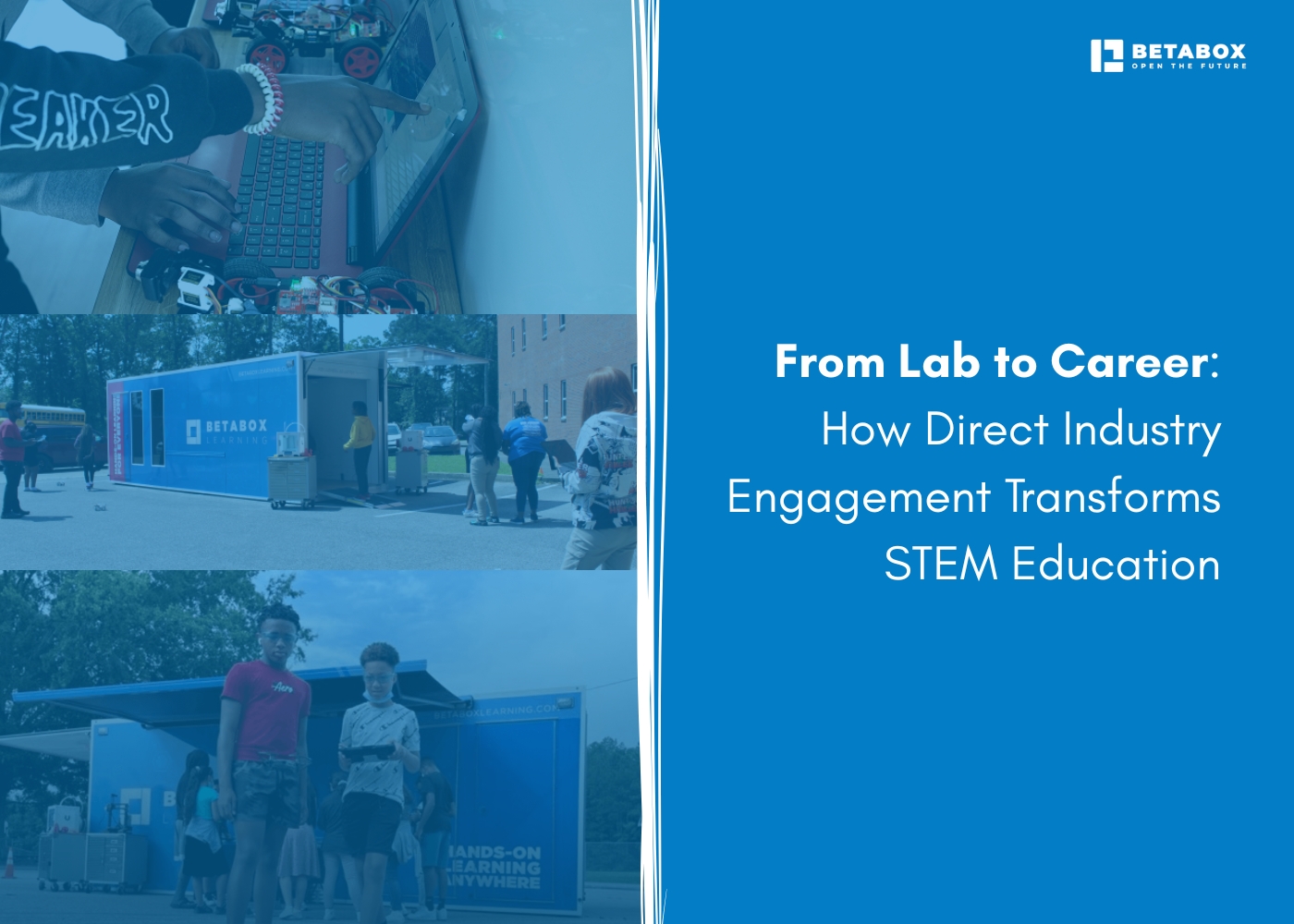

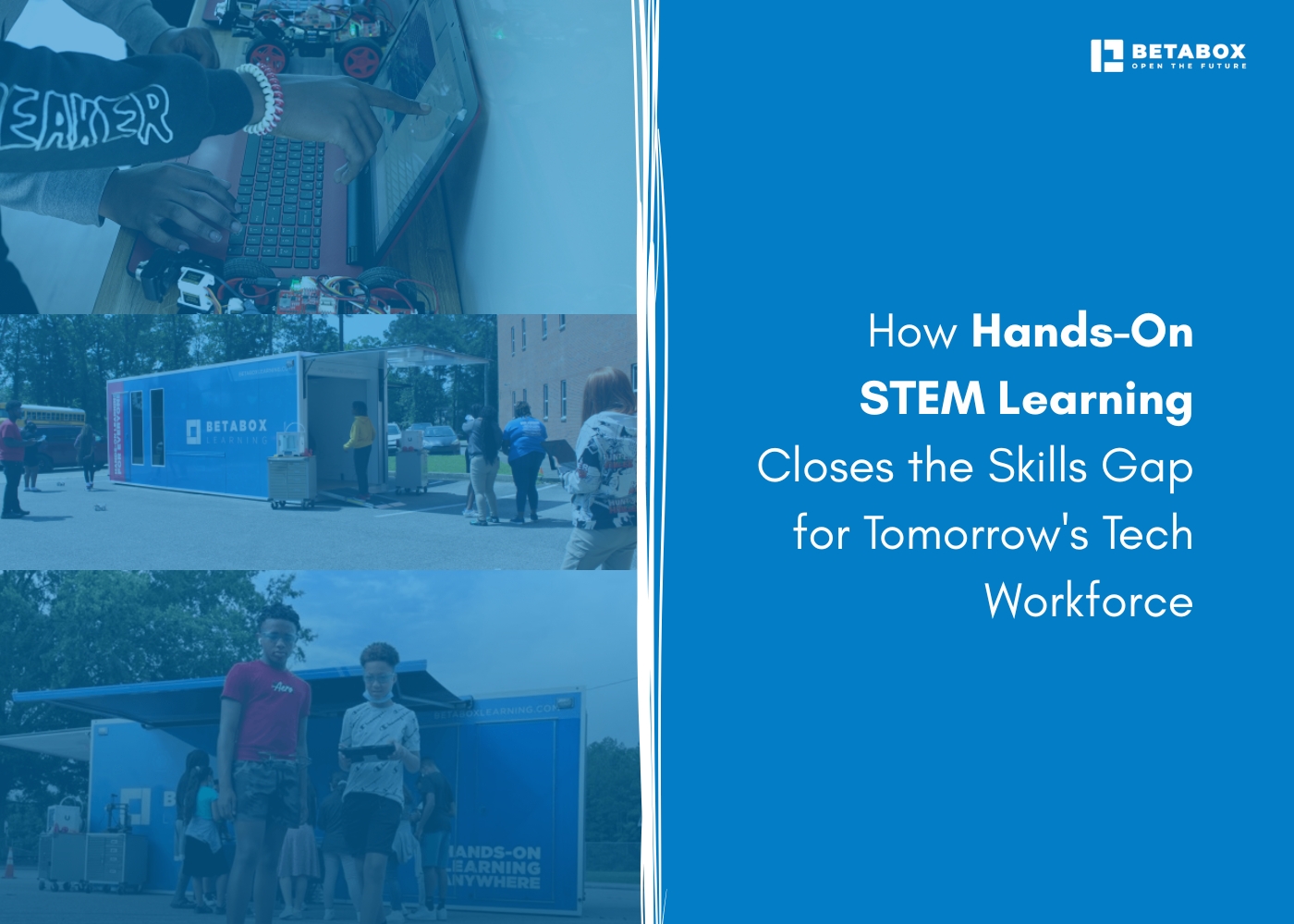

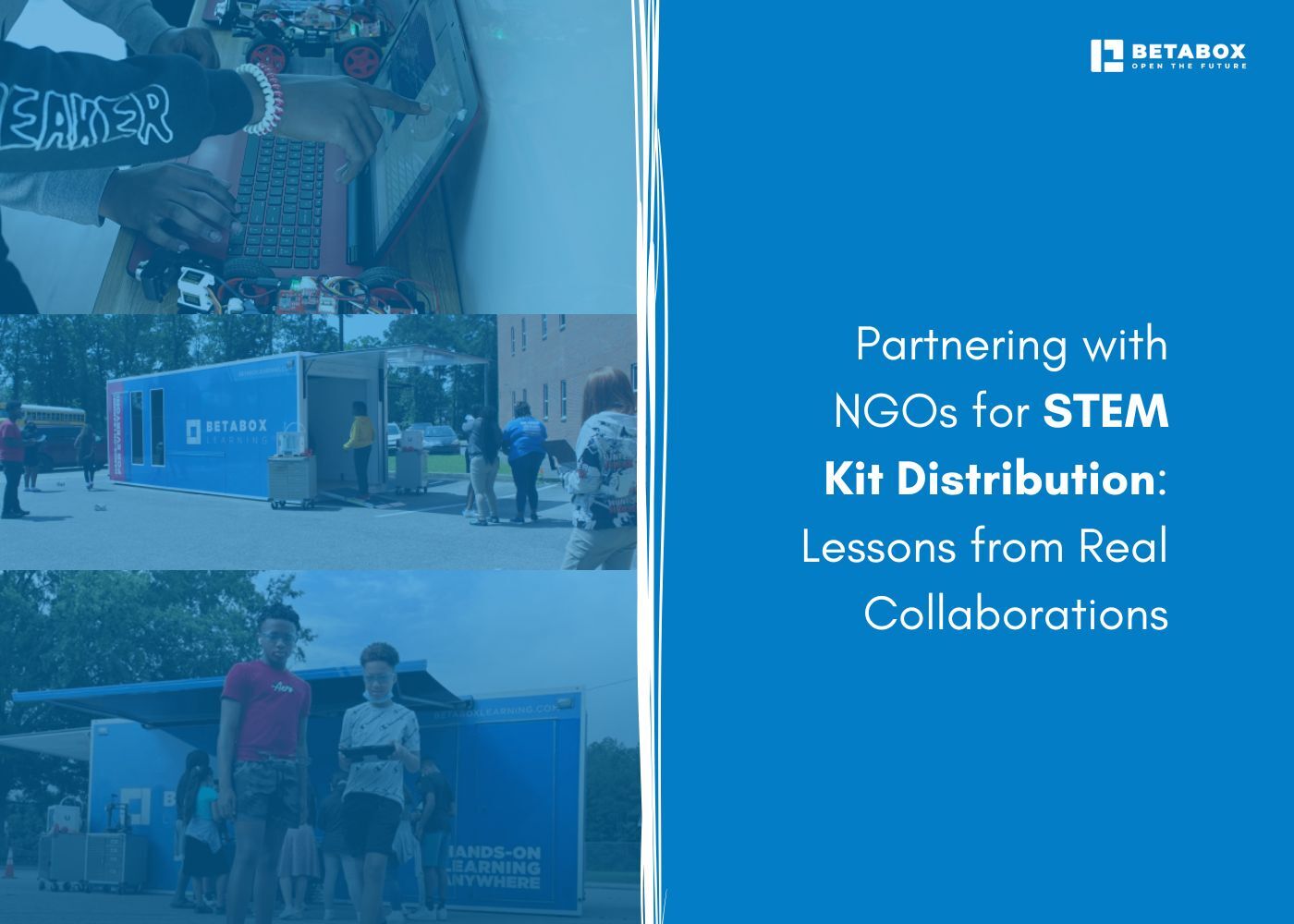

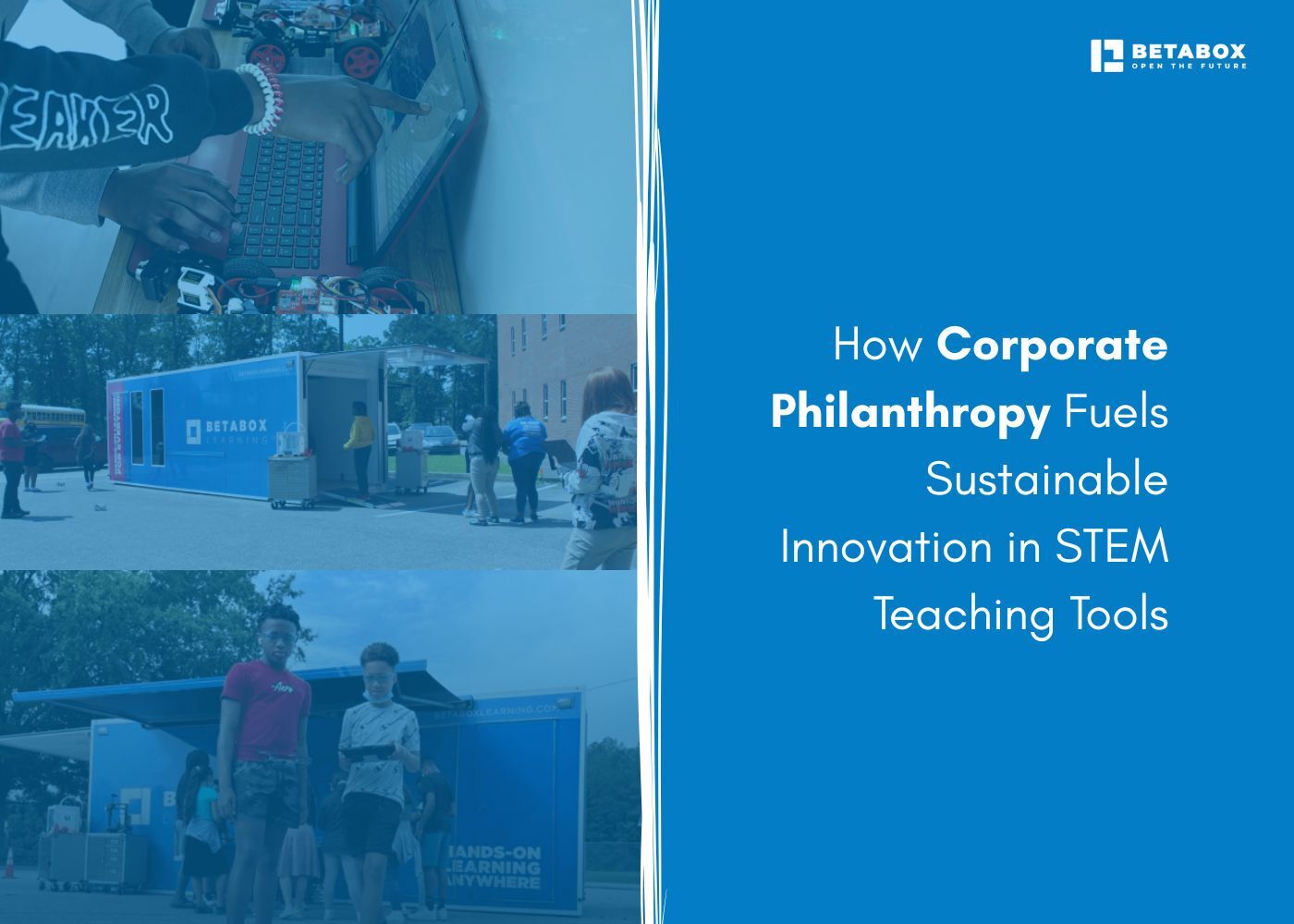

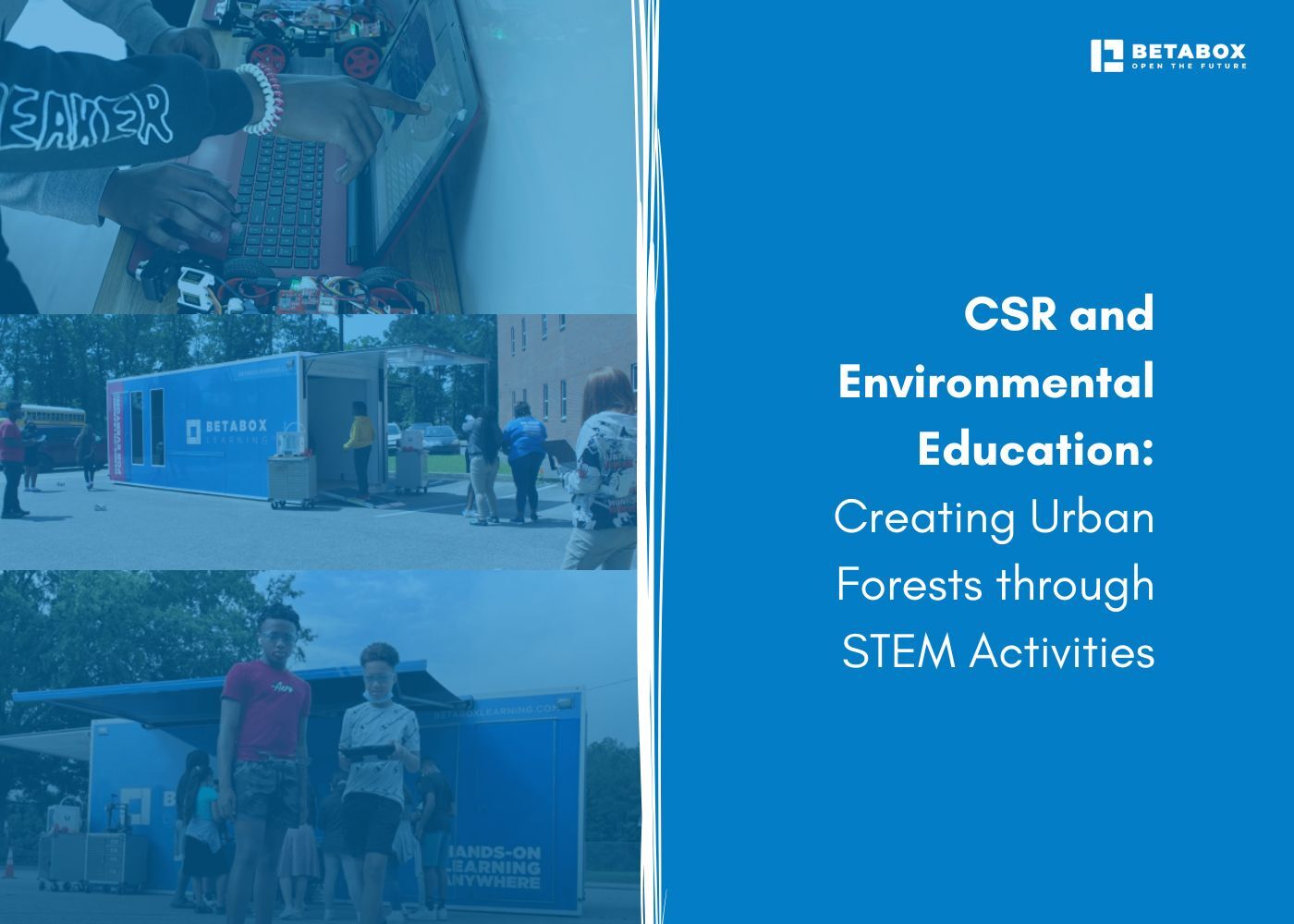

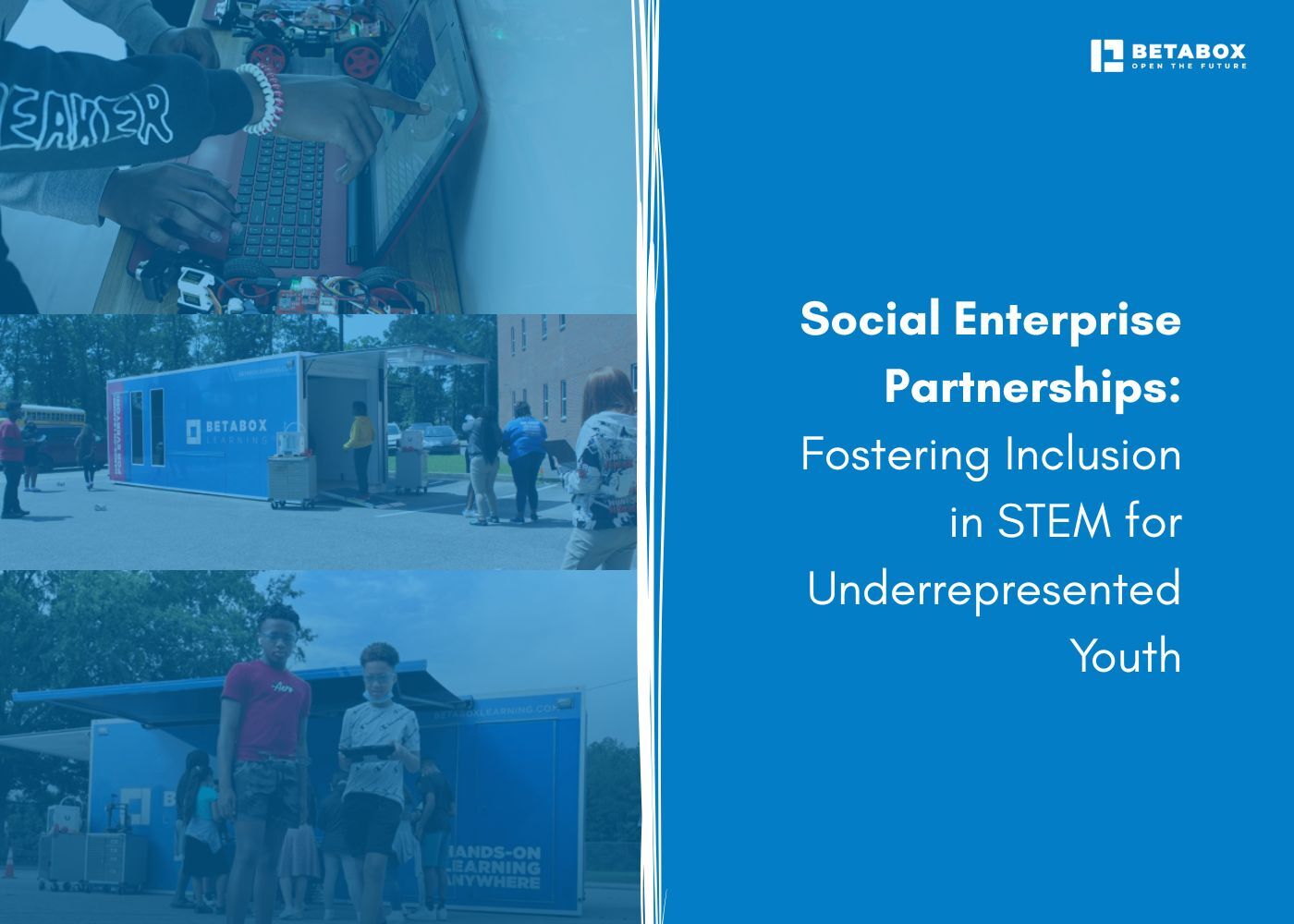

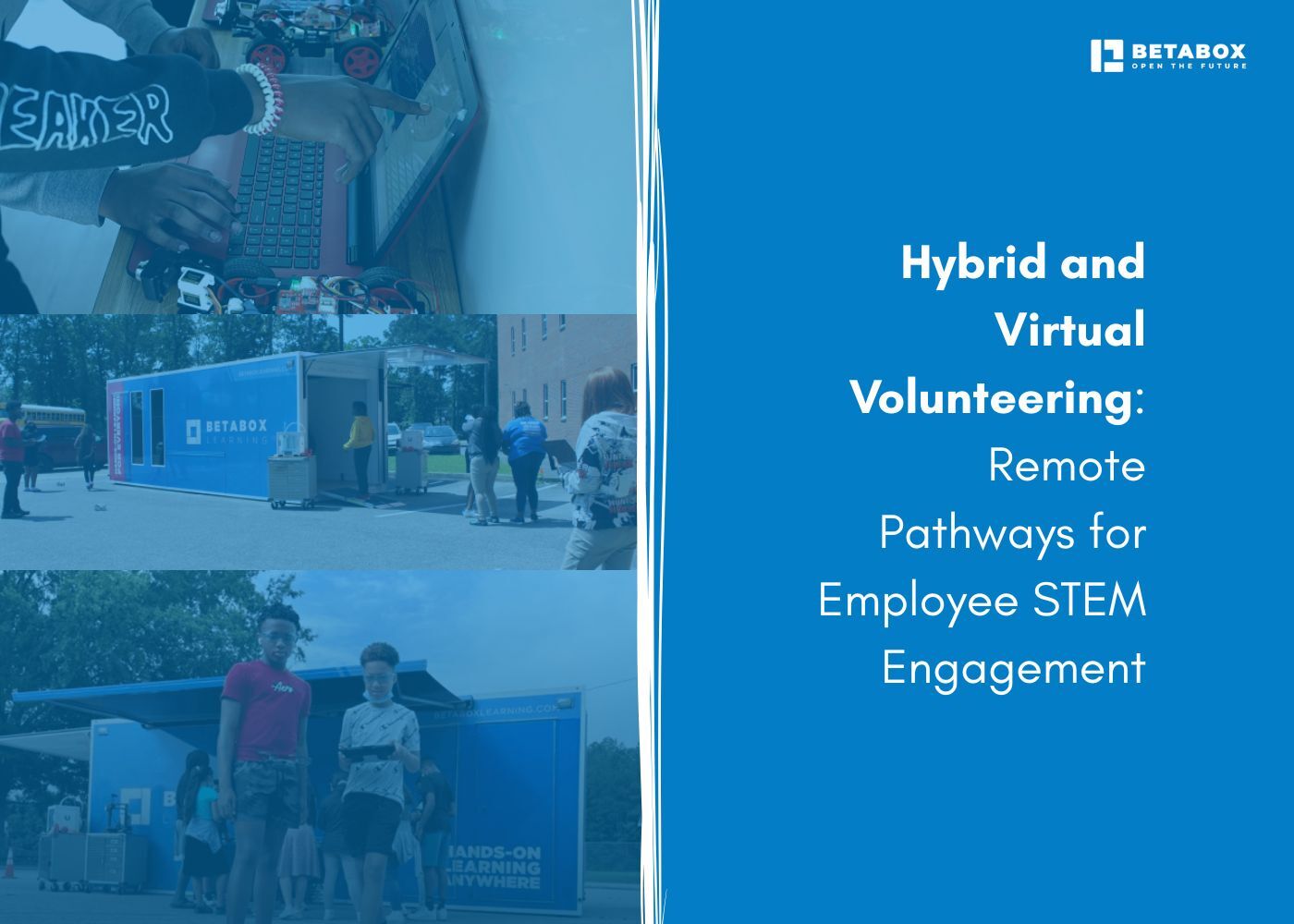

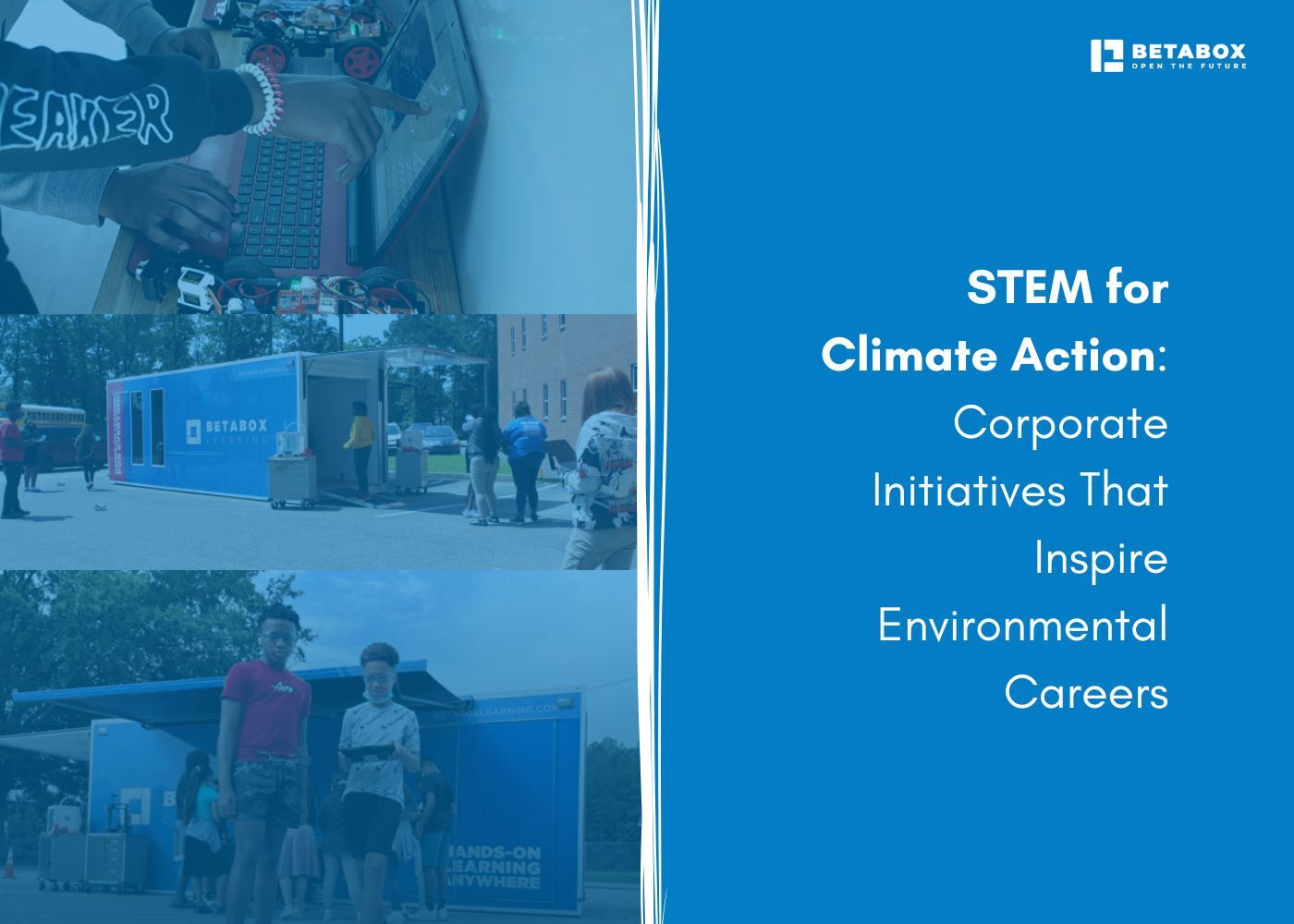



At Betabox Learning, we are passionate about making hands-on STEM curricula accessible to all students.

Join our newsletter to stay in the loop on all things Betabox and the future of STEM education.
By submitting your email address, you agree to our Privacy policy and Terms of Service. You can unsubscribe any time via the link in your email.
© 2025 Betabox. All Rights Reserved
